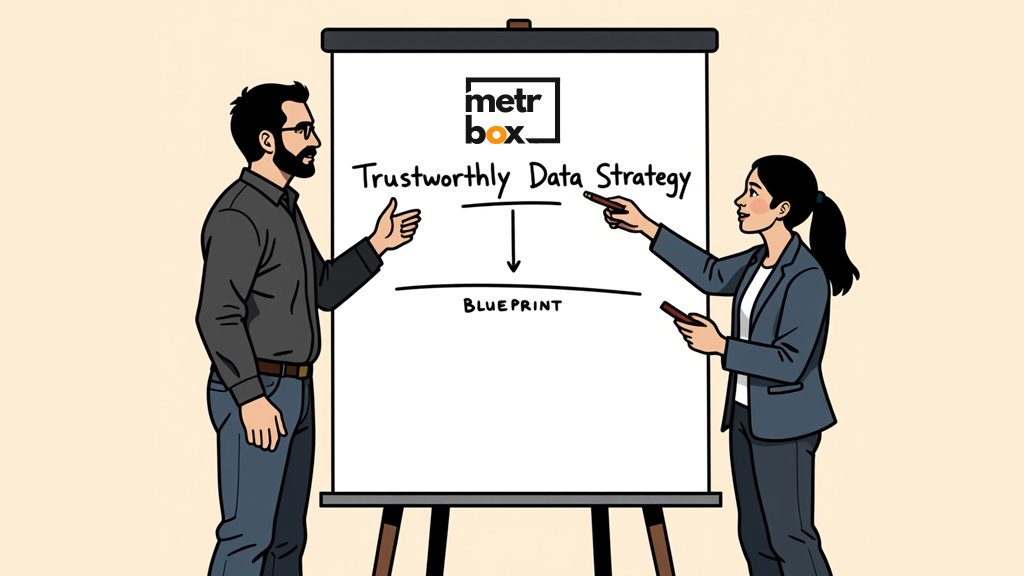
Data Privacy in 2025: What Founders Should Know
Let’s talk about data privacy.
I know, I know. It’s not the most exciting topic for a startup founder. You’re busy building a product, finding customers, and just trying to keep the lights on. But data privacy isn’t just a headache for the big guys anymore.
It’s 2025. Your customers, your partners, and even platforms like Google and Apple now expect you to handle data responsibly. Getting this wrong doesn’t just mean a potential fine. It means breaking trust. And for a new company, trust is everything.
So, what’s actually changed?
Well, the whole landscape has shifted. The old “wild west” of data is over.
AI is a huge part of this. Governments are rolling out new rules about how you can use customer data to train AI models. You can’t just scrape info and feed it into an algorithm anymore. You need permission.
And remember cookie banners? They’ve gotten a lot more serious. The whole idea of “implied consent” is on its way out. People need to make a clear, active choice. Plus, with third-party cookies basically gone from major browsers, the old ways of tracking users across different websites just don’t work.
For a small team, this can feel like a lot. But it doesn’t have to be overwhelming. You just need a simple plan.
Here’s a breakdown of what you can do, right now.
Step 1: Figure Out What Data You Actually Have
First things first: you can’t protect data if you don’t know you have it.
Grab a coffee and open a spreadsheet. Seriously. Make a list of every single place you collect user information.
- Your website contact form? Write it down.
- Google Analytics? Yep.
- The Stripe checkout page? That too.
- Your Mailchimp or Klaviyo list? Add it.
- The customer support chat widget? You get the idea.
Just make a simple list. It’s the foundation for everything else.
Step 2: Do a Quick Privacy Check-Up
Now, look at your list. Go through it line by line and ask one simple question for each:
“Do we really need this?”
Are you asking for a phone number on your newsletter signup form but only ever send emails? Maybe you can ditch that field. The less data you collect, the less you have to worry about protecting. This isn’t about legal jargon; it’s just common sense.
Step 3: Get Your Consent Straight
This is the part everyone sees—the pop-up banner. But it’s more than just a banner. You need to give users a real choice.
This means:
- Making it just as easy to say “no” as it is to say “yes.”
- Clearly explaining what they are agreeing to. No confusing legal-speak.
- Not tracking them until they’ve actually agreed.
There are great tools and plugins out there that make this pretty easy to set up on any website. You don’t need to code it from scratch.
Step 4: Talk to Your Users Like a Human
Your privacy policy is a chance to build trust. But not if it reads like a phone book.
Forget the template you copied and pasted. Try writing it yourself in plain language. Explain what you collect, why you collect it, and what you do with it.
Think of it this way: if you had to explain it to a friend, what would you say? Write that down. A little transparency goes a long, long way.
Step 5: Keep an Eye on Your Tools
Every time you add a third-party tool—a new CRM, an analytics platform, a marketing automation service—you’re essentially giving them a key to your users’ data.
Before you install that shiny new plugin, take five minutes to look at their privacy practices. Are they compliant? Where do they store data? You’re responsible for the company you keep, and that includes your software partners.
Sound Like a Lot? We Can Help
We get it. This is a lot to take on when you’re busy building a company, not a compliance department.
That is where we come in. Metrbox isn’t a platform; we’re a team of experts. We don’t sell you software. We design your consent strategy and build the right data setup for you. We’ll map your data flows and help you turn good privacy into a story that builds trust.
You focus on your business. We’ll handle the data chores.
Getting this right gives you a huge competitive advantage. Ready to build a data strategy you can be proud of? Let’s talk.


